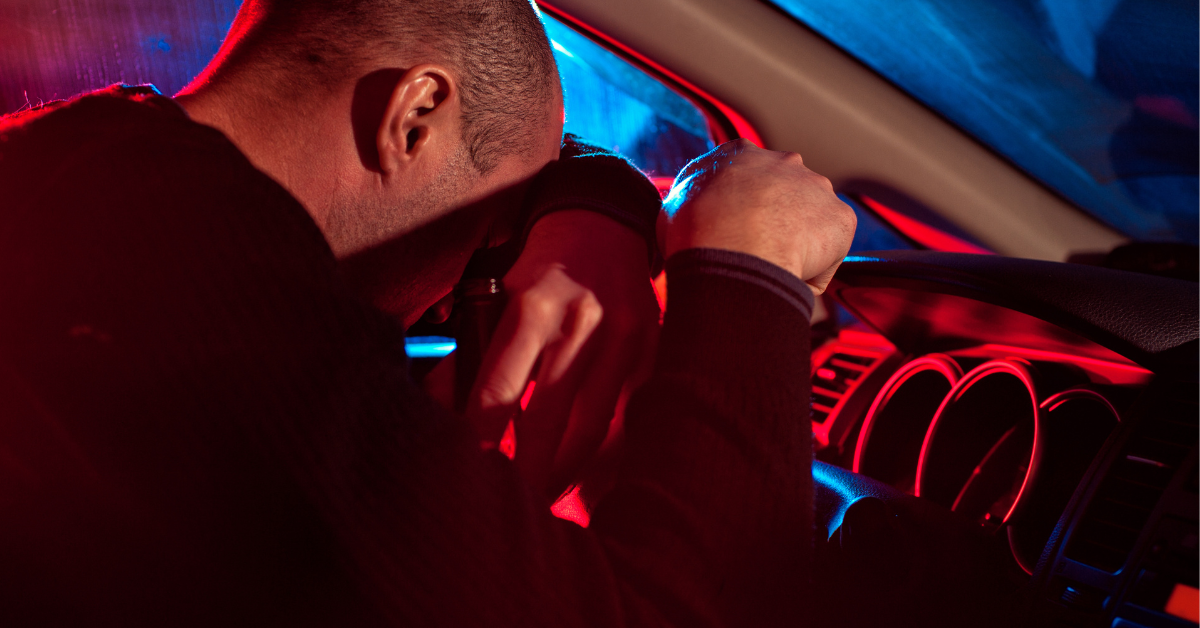One of the first lessons every new driver learns is don’t drive drunk. Unfortunately, the National Highway Traffic Safety Administration reports that about every 39 minutes, someone dies from a drunk-driving accident. Perhaps the most complicating factor with DWI cases is the fact that feeling “drunk” can differ from person to person. Some can have an entire six-pack of beer and feel fine, while others may struggle to remain standing.
As most people know, the United States cuts through those different tolerance levels with a national drinking limit, after which a person is no longer allowed to drive. Currently, that limit is a blood alcohol concentration (BAC) of .08%, but many people still don’t know how much alcohol .08 is. So, how many drinks is a .08 BAC?
How Much Alcohol is .08?
Ultimately, the answer to the question, “How many drinks is .08?” depends on several factors, such as the amount of alcohol in a standard drink, the physical traits of the person, and how much time lapses between each drink.
What’s a “Standard” Drink?
To figure out how many beers it is to a .08 BAC, you first need to know how much alcohol a standard drink has. In the United States, that amount is 0.6 fluid ounces of pure alcohol, which is approximately equal to one:
- 12-ounce can of 5% beer
- 8-10 ounce glass of malt liquor or malt beverage (e.g., hard seltzer)
- 5-ounce glass of normal wine
- 3-4 ounce glass of fortified wine (e.g., sherry or port)
- 2-3 ounce glass of liqueur (e.g., Irish cream)
- 1.5 ounce glass of distilled liquor (e.g., bourbon or gin)
What Traits Can Impact BAC?
However, a person’s BAC is also based on how quickly their body metabolizes alcohol, which is affected by their weight, gender, etc. Fat, for example, doesn’t absorb or metabolize alcohol as well as muscle does, so alcohol becomes concentrated more quickly in people with lots of body fat. Men’s bodies also tend to have more water and liver enzymes that help dilute and break down alcohol faster. Women’s bodies, on the other hand, have more estrogen, which actually increases the effects of alcohol.
How Long Since Your First Drink?
Even for those with a high metabolism, it takes time for the human body to fully process the alcohol in a single drink. On average, it takes about an hour for a typical person’s BAC to drop by 0.015%, so having multiple drinks every hour causes a processing backlog your body can’t keep up with. Therefore, the same person’s BAC can be substantially different from the same number of beers based on when they drank them.
How to Estimate Your BAC
In the 1920s, Swedish professor Erik Widmark developed an equation for estimating someone’s BAC based on the number of drinks they had, their body mass, and the time that had passed since they started drinking.
BAC = (Grams of Alcohol ÷ (Grams of Body Weight × Body Water Ratio)) × 100 – (0.015% × Time Passed)
Thankfully, there are several resources today that do the math for us to calculate and chart your approximate BAC based on weight, gender, time, etc.

For example, within a single hour of drinking, a 190-pound man will reach a .08 BAC after five standard drinks, while a 190-pound woman reach that BAC in four drinks. Spread out over the course of three hours, that same 190-pound man would instead have a BAC of .07 after six drinks, while the 190-pound woman would have the same BAC after five drinks.
If, however, that man weighed 50 pounds more, it would take six standard drinks over one hour to reach a BAC of .08, or eight standard drinks over three hours. Similarly, if the woman was 40 pounds heavier, it would take five drinks to reach a BAC of .08 in a single hour or just over six spread across three hours.
What to Do If You Get a DWI
Even if a person estimates their BAC is less than .08, there’s no way to know for sure without a breathalyzer. Obviously, you shouldn’t risk getting into an accident or being pulled over by the police and have to use theirs, but that’s the situation many people find themselves in. If you do happen to get a DWI ticket, it’s important to immediately contact an experienced local attorney who knows the area and can help you figure out what to do next. Waiting to act can mean the difference between keeping and losing your license, so the sooner you reach out, the better.

